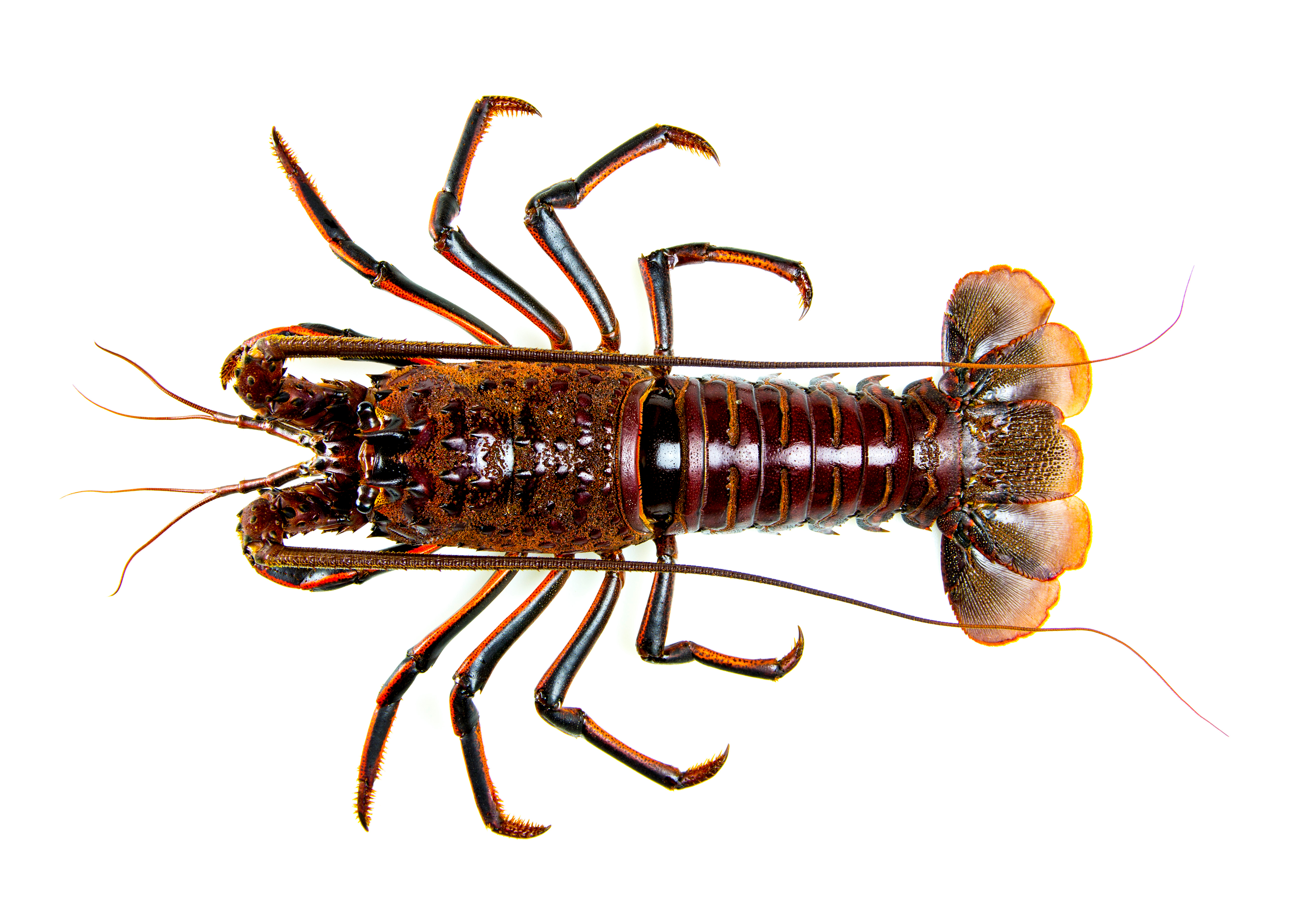Frequently Asked Questions about Domoic Acid in Seafood
What is domoic acid?
Domoic acid is a naturally occurring marine biotoxin that may be produced during “blooms” of some species of algae (Pseudo-nitzschia spp.). Scientists are still investigating when, how, and why this happens. While no specific trend is evident, marine harmful algal blooms, including those that produce domoic acid, are influenced by warming ocean temperatures. For more information, download the Marine Harmful Algal Blooms chapter from the 2022 Indicators of Climate Change in California report.
What are the symptoms of domoic acid poisoning?
- Signs and symptoms range from vomiting and diarrhea to permanent loss of short-term memory (Amnesic Shellfish Poisoning) and, in severe cases, coma or death.
- Domoic acid poisoning in humans may occur within minutes to hours after eating contaminated seafood.
- Report any signs of illness potentially related to a marine HAB to California’s Marine HAB-related Illness Tracking Program.
What seafood species are known to accumulate domoic acid?
- Bivalves, including razor clams, mussels, scallops, and oysters.
- Crustaceans, including crabs and lobsters.
- Other invertebrates, including squid.
- Finfish, including sardines and anchovies.


Some species, such as razor clams, are very slow to remove domoic acid from their tissues. These species may still have high levels of domoic acid long after other species are safe to eat.

How is seafood monitored for domoic acid?
- The CA Department of Public Health (CDPH) and CA Department of Fish and Wildlife (CDFW) obtain seafood samples from volunteers and commercial operators who farm and harvest seafood.
- The CDPH laboratory analyzes the samples for domoic acid.
How are domoic acid concentrations in seafood evaluated?
- The Office of Environmental Health Hazard Assessment (OEHHA) and CDPH evaluate domoic acid concentrations in California seafood and determine the actions needed to protect human health.
- When domoic acid levels in a seafood species from an area exceed federal standards known as ‘action levels’, State agencies implement actions that could include:
- Prohibiting the commercial catch and sale of affected species from that area.
- Issuing an advisory warning consumers not to eat all or certain parts of affected fish or shellfish caught recreationally in that area.
How can I reduce my risk?
- Check for closure and advisory updates at CDFW’s Health Advisories for Finfish, Shellfish, and Crustaceans.
- Call CDPH’s Shellfish Biotoxin Information Line at 800-553-4133.
- Do not eat crab or lobster roe (eggs) or viscera (internal organs), also known as crab "butter" or "guts" and lobster “tomalley”. These typically contain much higher levels of domoic acid than meat.
- Discard water or broth used to cook bivalve shellfish, crabs, or lobsters. Don’t use these cooking fluids in sauces, broths, soups, stews, or other dishes.
Where can I learn more?
- OEHHA Fish, Ecotoxicology and Water Section
- California Marine Harmful Algal Bloom (HAB)-related Illness Tracking
- CDPH Marine Biotoxin Monitoring Program
- CDPH Food and Drug Branch, Domoic Acid
- CDFW Health Advisories for Seafood
- California Ocean Science Trust - Harmful Algal Bloom and California Fisheries FAQ
Fish, Incident Response, Seafood Safety, and Harmful Algal Bloom Section
Sacramento Office
1001 I Street
Sacramento, CA 95814
Phone: (916) 324-7572
habs@oehha.ca.gov
